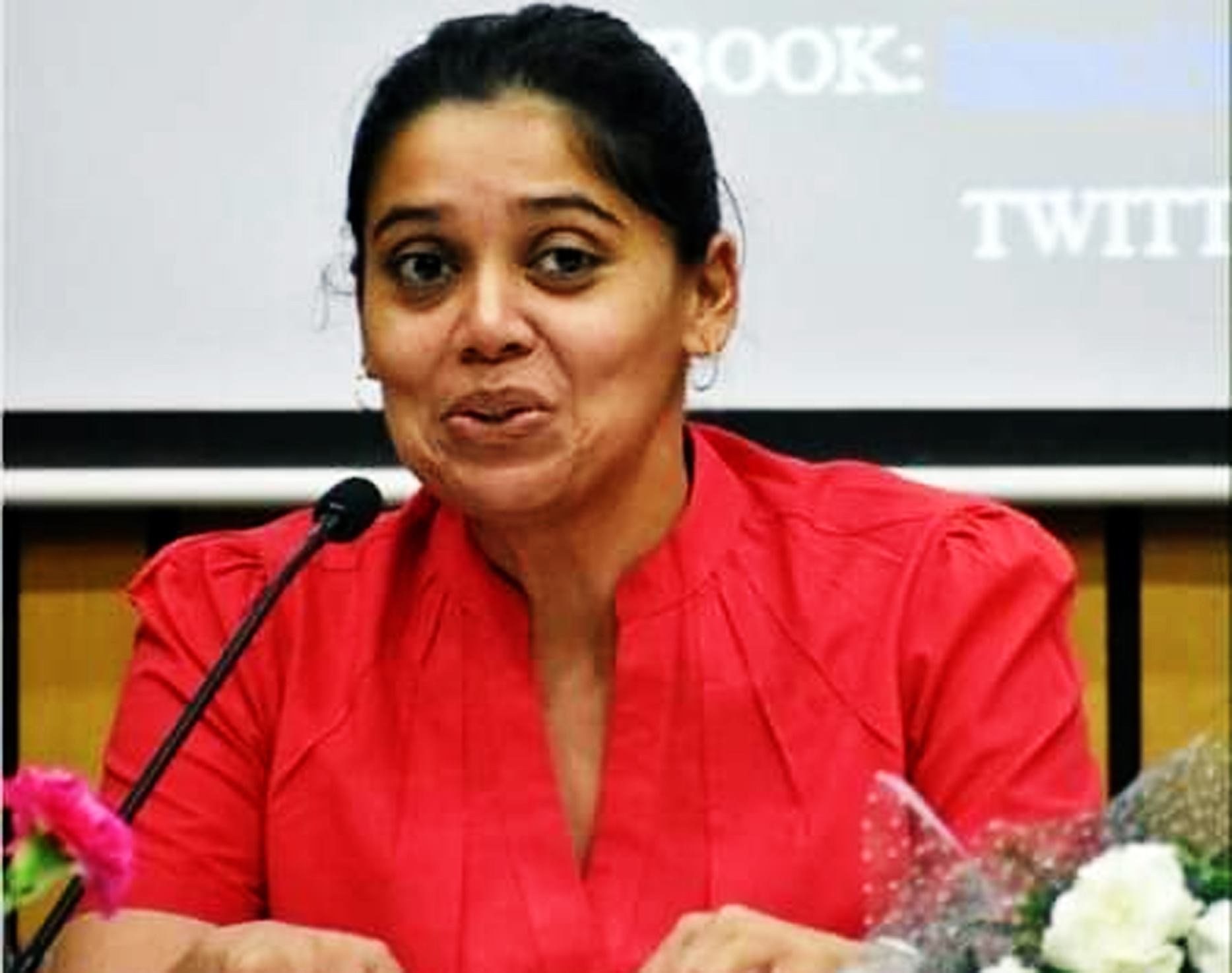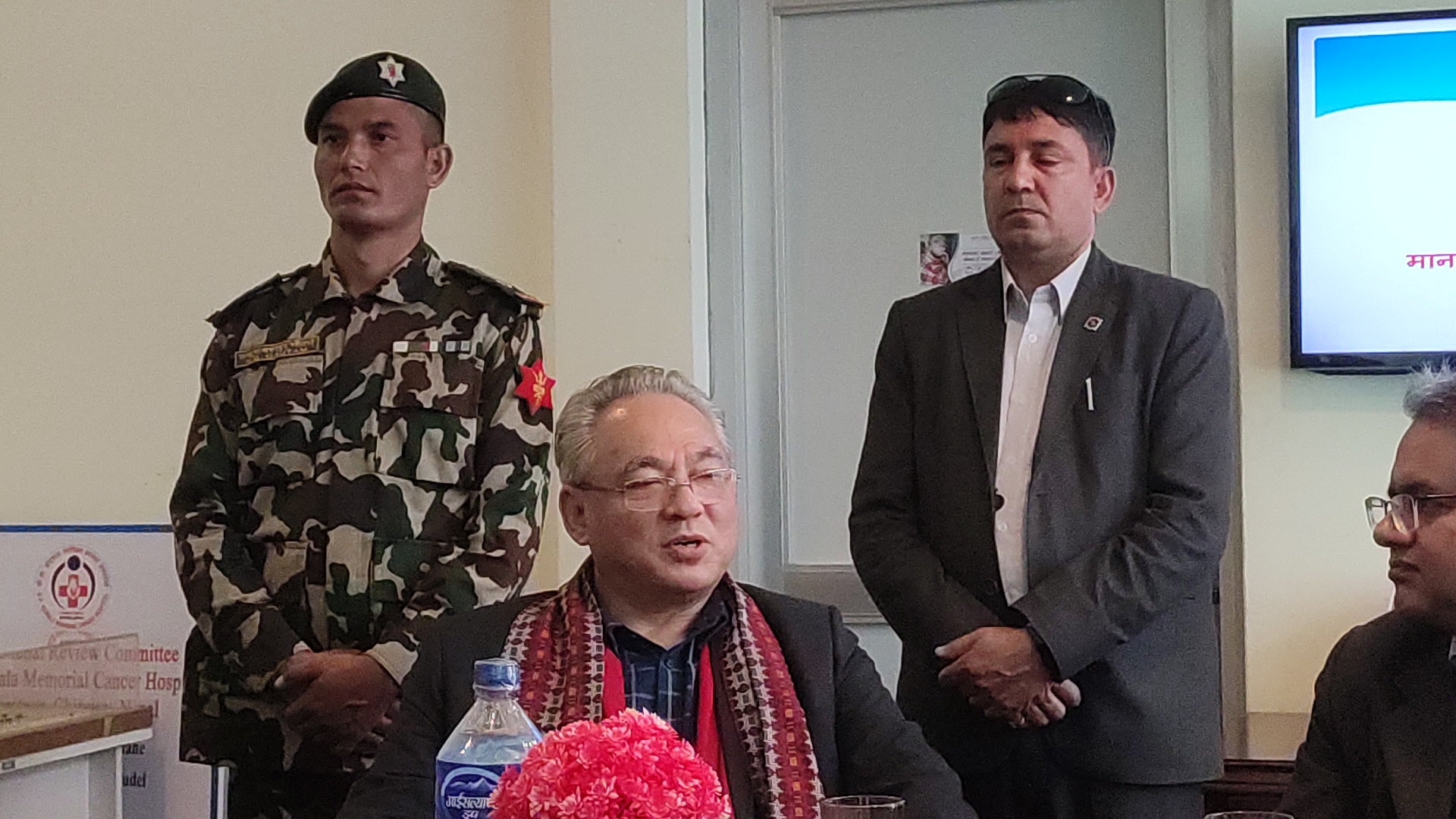From Wuhan to Mamallapuram: Relations between India and China
 In May 2018, Prime Minister NarendraModi and President Xi Jinping met in Wuhan for an informal summit. The success of the summit led the two leaders to follow up with a second informal summit at Mamallapuram, in India in October 2019.
In May 2018, Prime Minister NarendraModi and President Xi Jinping met in Wuhan for an informal summit. The success of the summit led the two leaders to follow up with a second informal summit at Mamallapuram, in India in October 2019.
It has to be acknowledged that the meeting in Wuhan has brought stability to the relations with the increased communications between the two nations. With the heads of the two countries pushing for dialogue, it has led the government machinery to also double their efforts. While the Wuhan spirit has allowed the two nations to manage their differences, the growing support for Pakistan by China is a cause of concern. It needs to be pointed out that India is aware of the close relations between China and Pakistan but would like Beijing to take into consideration evidence that New Delhi has brought before the international community time and again establishing links between terrorist organisations and their operations in Pakistan. Nonetheless, the major success of the informal dialogue process has been the commitment shown by the two heads of government to maintain open channels of communication and they can work on the positives that they share between themselves. The two summits are an acknowledgment that the two were not ‘adversaries’ but two large economic powers open to a healthy competition in a multipolar world. ‘The Leaders recognised that India and China have a common interest in preserving and advancing a rules-based and inclusive international order, including through reforms that reflect the new realities of the 21st Century. Both agreed that it is important to support and strengthen the rules-based multilateral trading system at a time when globally agreed trade practices and norms are being selectively questioned. India and China will continue to work together for open and inclusive trade arrangements that will benefit all countries.’ This is especially important given the thrust of the current American administration’s economic policies which focus on the bilateral.
In the international arena, there is growing competition between China and the United States. In 2019, the United States banned Huawai from 5G technology tests citing security concerns and has been trying to influence other nations to follow the same course of action. Further two nations are locked in a bitter trade war that has been detrimental to both. The United States accuses China of unfair trade practices whereas China feels that Washington is trying to stop its rise to be an important economic power. On the other hand relations between India and the United States have elements of cooperation, collaboration, and competition that is likely to get a boost with the upcoming visit of President Donald Trump to India on 24-25 February 2020. It is inevitable that China and the Indo-Pacific will be discussed during this visit as the two countries, especially as the United States is keen for India to play a key role in the region. India is not talking of containment but building a deep connectivity and economic linkages with all nations of the region. Its goal is to ensure that international norms and rules govern the region ensuring opportunity for all to grow. It needs to be understood, India, China, and the United States will together hold the future of the Indo-Pacific.
India and the United States each have deep engagements with China while each recognises the wariness in China about the growing partnership between India and the United States. The United States has stated that it views China as a strategic competitor and in this context, Roberts relations with India support its strategic and economic interest. The United States would like to continue to maintain its influence in the region even as China starts to build its global footprint. For India, unlike the United States, the priority is to engage with its largest neighbor to work towards a stable south Asia region. As has been stated by Prime Minister Modi, the goal of India’s neighborhood first policy a peaceful neighborhood, that will allow India to grow and prosper. The idea is that the economic development of the region would by default lead to peace. To achieve these goals India is strengthening its partnerships with nations across the region. The United States as the largest extra-regional power here is part of this strategy.
Over the past few years the trajectory of India-China relations has witnessed progress with the two nations continuing to build mutual political trust and promoting bilateral economic development. While relations have gained momentum in traditional areas of interest, there is cooperation between the two in other areas especially non-traditional security threats. Notwithstanding the progress that has been made, challenges and differences between the two remain. However, as stated before this is expected and probably healthy for the growth of the relationship. India and China together would be able to help realise the Asian Century, apart it would lead to contention and space for others to intervene.
- Dr. Stuti Banerjee is a research scholar specialising in US foreign policy with a think tank in Delhi.
ICWA (Indian council on world affairs)




